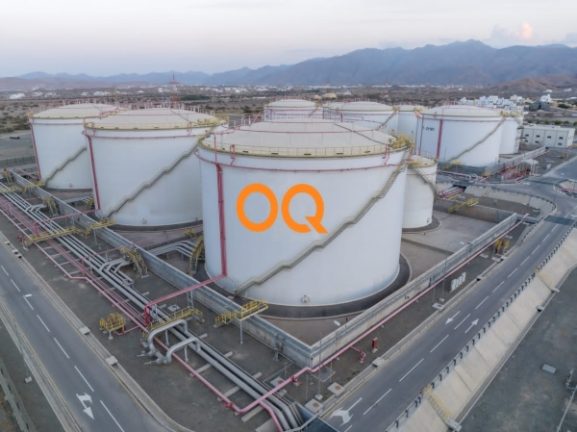Muscat Structure Plan: Implications for Investors and Businesses in the Global Urbanism Arena
MUSCAT, JULY 13 – The Muscat Structure Plan, an initiative aimed at enhancing governance and promoting sustainable growth throughout the capital region of Oman, has been nominated for recognition at the prestigious World Architecture Festival (WAF) in Miami, USA, later this year.
The WAF, the largest global awards program and conference dedicated to architectural and urban excellence, will take place from November 12 to 14. This marks the first time the festival will be hosted in the United States.
Broadway Malyan, a prominent UK-based architecture, urbanism, and design firm, announced that the Muscat Structure Plan is a finalist in the Future Projects – Masterplanning category at the 2025 awards. "We’re excited to share that the Muscat Structure Plan is a finalist in the World Architecture Festival’s Future Projects – Masterplanning category for the 2025 awards," the firm stated.
The plan aims to promote compact, interconnected development by increasing population densities in better-connected areas to reduce urban sprawl. It advocates for the establishment of well-defined urban districts that possess a strong sense of identity and purpose, enhancing their connectivity with surrounding areas.
To support economic resilience, the plan proposes the creation of 19 employment clusters, crucial for Muscat’s projected growth to 890,000 jobs by 2040, while facilitating a transition to a knowledge- and innovation-driven economy.
In alignment with Oman Vision 2040, the Ministry of Housing and Urban Planning commissioned Broadway Malyan to develop the Greater Muscat Structure Plan, serving as a strategic framework for sustainable development and urban governance while working towards the Sultanate’s goal of achieving net-zero emissions by 2050.
A significant aspect of the plan includes the introduction of over 54 km of mass transit lines, designed to facilitate higher-density, mixed-use development on underutilized government land. This transit network aims to ensure that one-third of Muscat’s population is within a 20-minute walk of a station or feeder stop, fostering a shift towards low-carbon and accessible urban living.
Furthermore, the plan aims to capitalize on Muscat’s natural and heritage assets, including its stunning coastline and historical significance, to establish the capital as an attractive destination for tourism, investment, and regional talent. The city’s 12 wadi systems, which connect the mountains to the coast, are envisioned as part of an open-space network, contributing to Muscat’s transformation into a lush, green urban oasis amid its arid environment.
Special Analysis by Omanet | Navigate Oman’s Market
The Muscat Structure Plan signifies a transformative opportunity for businesses in Oman, especially in real estate, urban development, and sustainability sectors. By strategically enhancing urban infrastructure and creating 19 employment clusters, it paves the way for economic growth and a shift towards a knowledge-based economy. Investors should consider aligning with sustainable initiatives and exploring avenues in urban transport and regional tourism, as these sectors are poised for significant expansion leading up to Oman Vision 2040.


